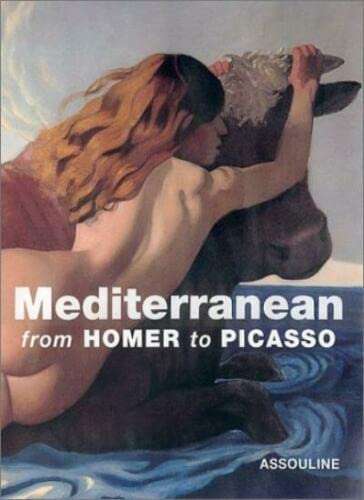"What is the Mediterranean? A thousand and one things at the same time. Not just one landscape, but innumerable landscapes. Not one sea, but a series of seas. Not one civilization, but civilizations piled up one upon the other" (Fernand Braudel). This is all true, but the great paradox of the Mediterranean is that despite the fact that it is so varied, so difficult to encompass, it presents itself in our collective minds as a single, coherent image, a system where everything blends together to become one unified entity. The union is neither historical nor instead, The Mediterranean "whole" binds together, as with Mitteleuropa, a cultural synthesis of works and ideas, ways of thinking, customs and costumes, lifestyles, tastes and passions which give form to a specific style - a Mediterranean style. In order to explain this paradoxical cohesion, the author leads us on an exploration of the many different features that make up the geographical, philosophical and cultural identity of the Mediterranean. In particular, a quest is set for those elements that constitute what Roland Barthes referred to, in speaking of Cy Twombly's work, as the "Mediterranean effect."
For art historian Girard, his beloved Mediterranean is an "idealized dreamscape, a sentimental geography," a place wide open to the sort of dynamic interpretation and celebration that transpires within the covers of this unique, ingenious, colourful, and sophisticated volume. Girard begins with a lithe history of the region and its maps and then moves on to cover centuries' worth of regional representations. Diversely styled landscapes give way to lively analyses of Mediterranean narratives, such as Ulysses and The Thousand and One Nights; various archetypal figures--the monarch, odalisque, and fisherman; quintessential locales; and the arts, which, in keeping with his sensuous approach, include cuisine and gardening. These categories are wonderfully and aptly dishabille and energetically illustrated with a great range of reproductions, including Roman mosaics; works by Ingres, Corot, Matisse, Picasso, and Magritte; and lots of photographs, including portraits of Gina Lollobrigida and Anna Magnani. Girard's thoroughly enjoyable approach to a place so often burdened by historical reference is as refreshing as it is enlightening.

